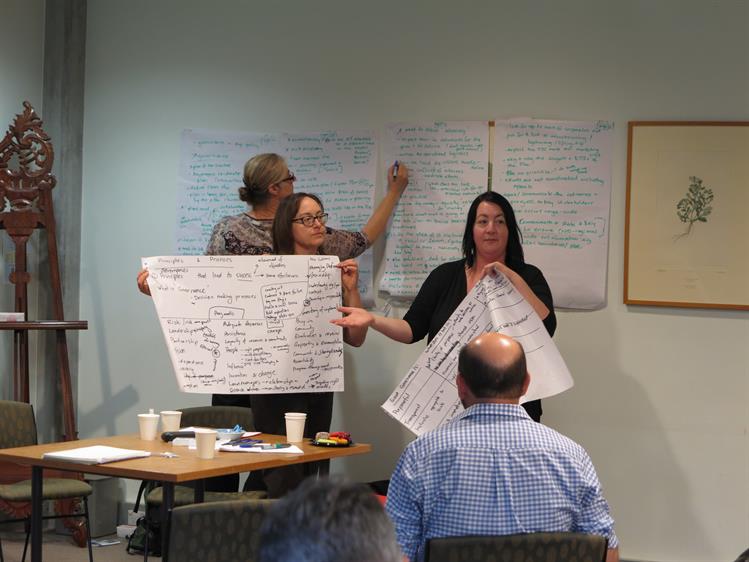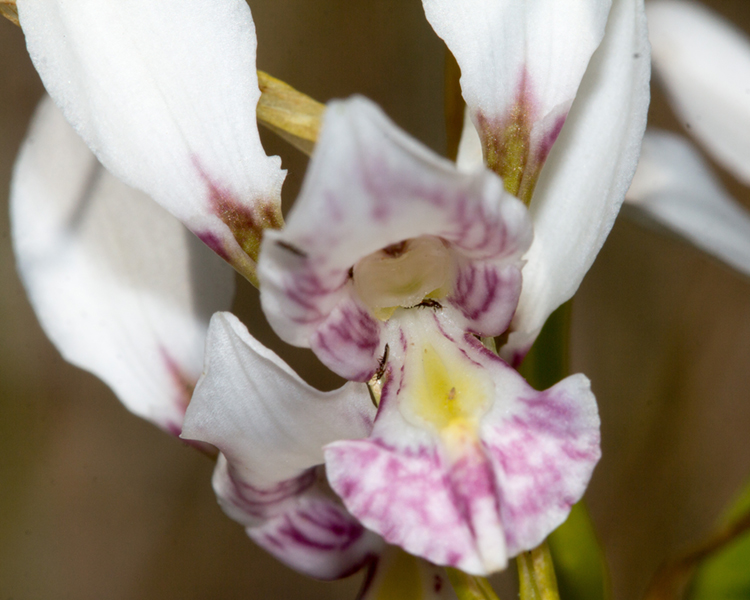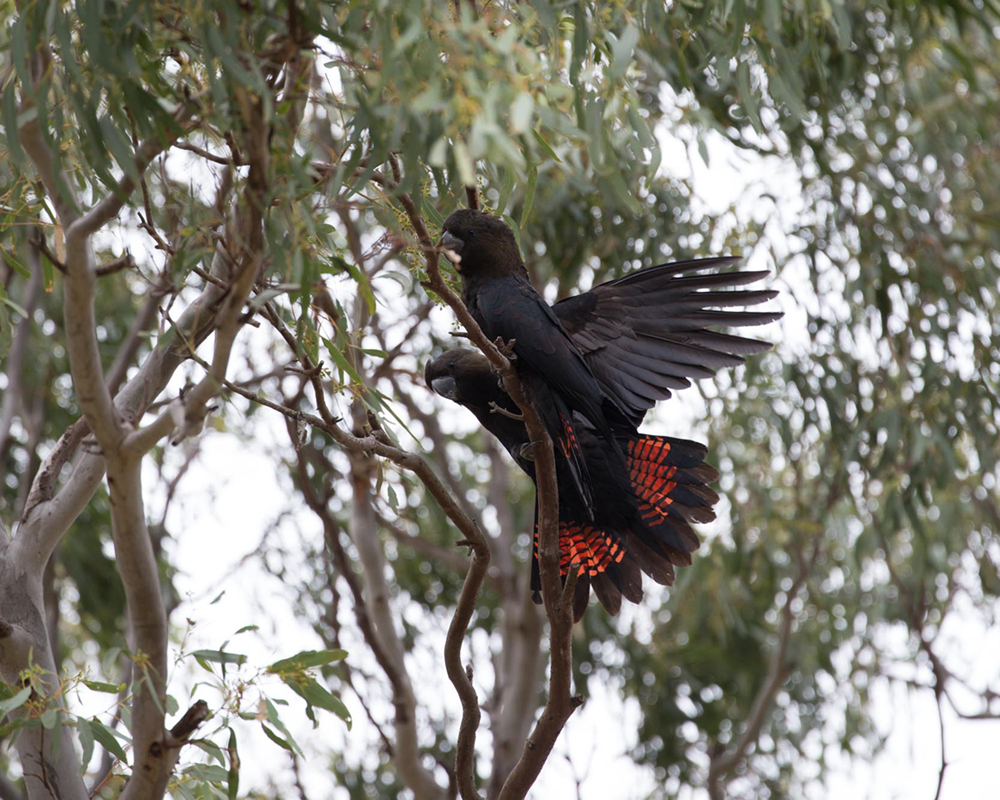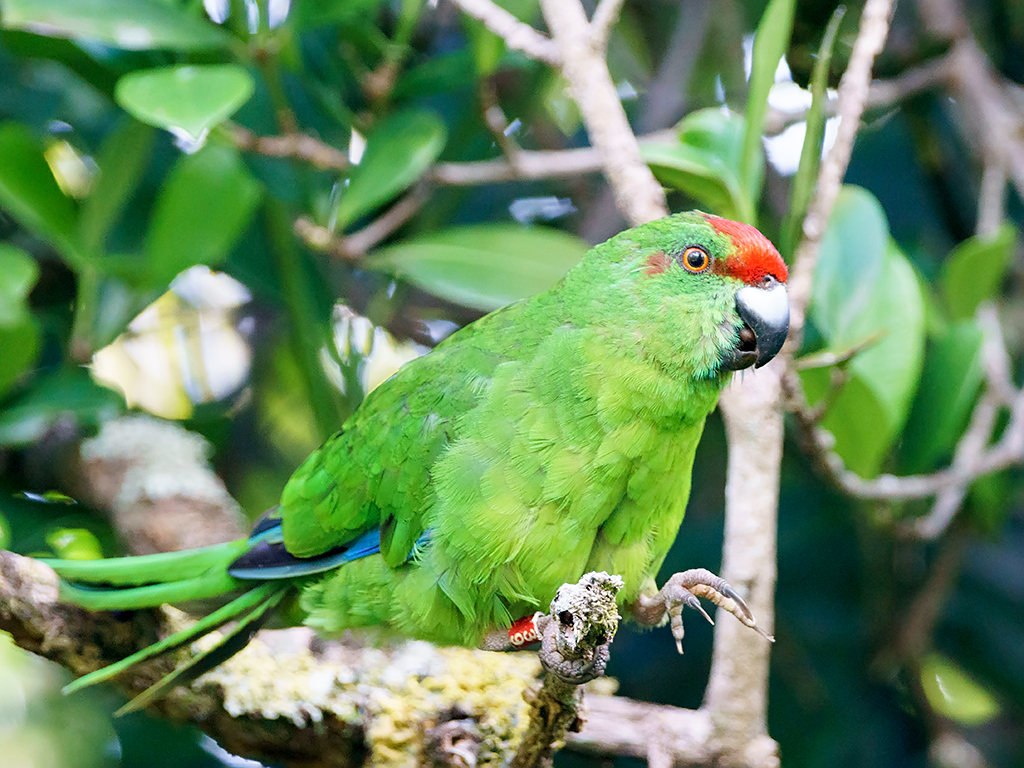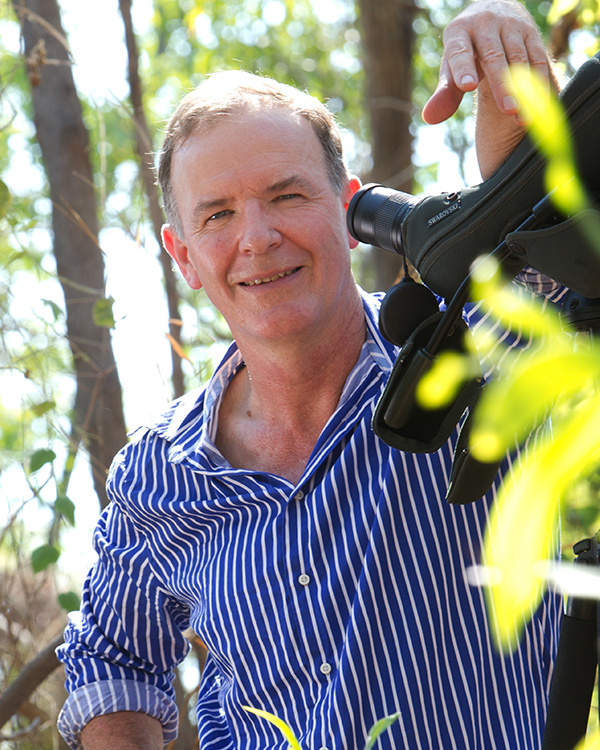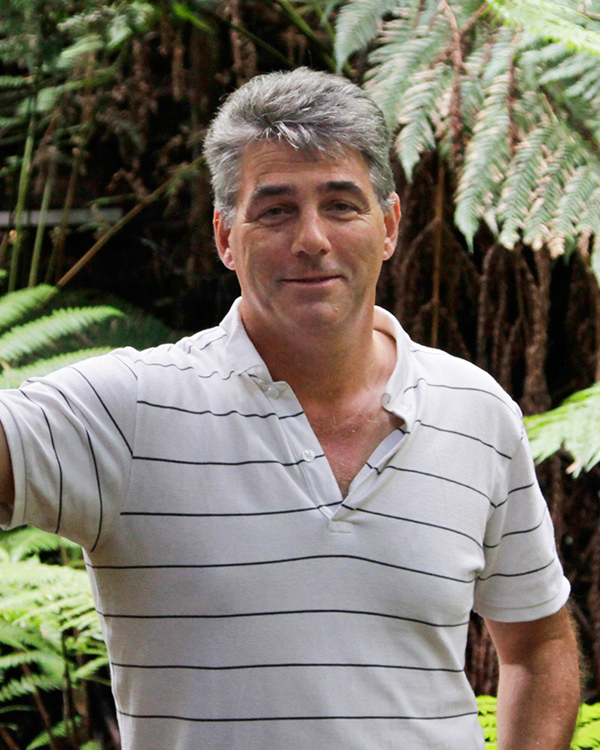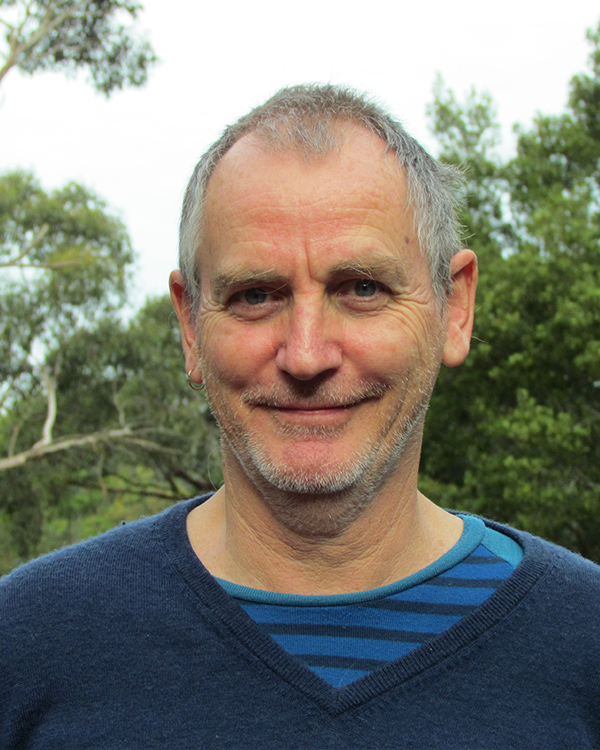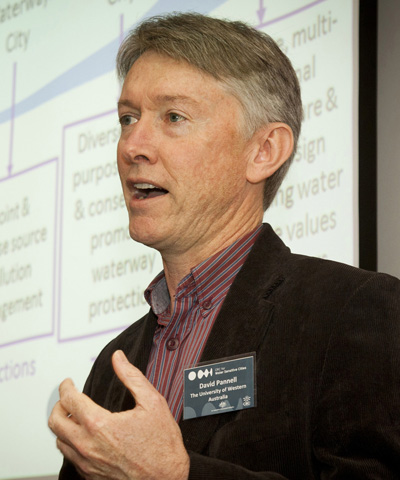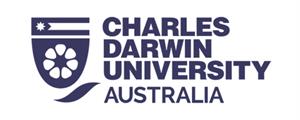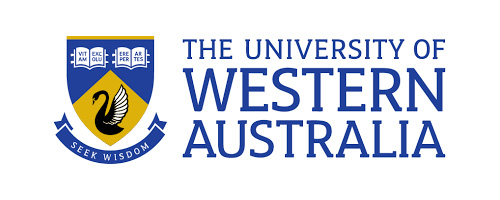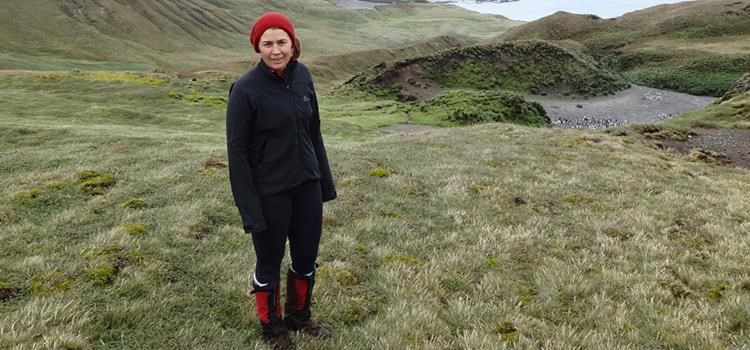
Project: 6.4
Learning from success and failure in threatened species conservation
Project Leaders: Stephen Garnett , David Lindenmayer
Research in Brief
The project examines the reasons behind success and failure in the management of threatened species and communities. It will identify the factors that are common to successful recovery projects.
It will also look at the processes and pressures on threatened species conservation programs that have resulted in failures. Analysis of these findings will deliver evidence-based recommendations to improvement on-ground management of threatened species.
Recovery actions for the Endangered Oaklands diuris orchid are proving successful. Photo: Karenretra Flickr CC BY-NC-SA 2.0
Why is the research needed?
The conservation of threatened species has had remarkable success in Australia, but there have also been near and total failures. The underlying reasons for successes are not well understood, and the reasons for the failures have not been analysed.
Learning from past success in the management of the conservation of species is an excellent way to repeat that success, but its underlying reasons and factors must first be understood. In particular we need to identify which practical techniques for the recovery of threatened species have proven the most reliable and effective.
In addition to practical on-ground techniques, we also need to better understand the factors and structures that influence success at program levels.
Finally, we need to change the perception that threatened species are a lost cause and that recovery is impossible to achieve. We need to promote and celebrate past successes in threatened species recovery, in order to demonstrate that it can be achieved and to strengthen on-ground support for the conservation of threatened species.
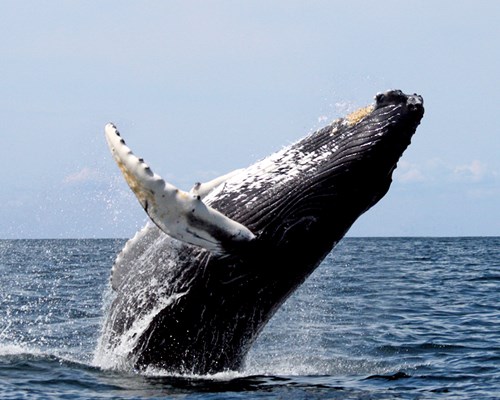 Australia’s humpback whale populations have had a remarkable recovery following policy changes. Photo: Whit Welles CC BY 3.0 Wikimedia Commons
Australia’s humpback whale populations have had a remarkable recovery following policy changes. Photo: Whit Welles CC BY 3.0 Wikimedia Commons
How will the research help?
The research will analyse both success and failures to determine the underlying causes, using a range of approaches.
This project will provide advice for preventing the extinction of species identified as being at extreme risk, linking directly to projects for the protection of those species.
This will include advice from successful practitioners on draft protocols for monitoring progress and performance in the recovery processes for threatened species.
The project team will examine the governance approaches to success and failure. It will develop and apply a framework for an evidence-based understanding of which aspects of conservation program governance are most effective for preventing extinctions and why. It will also produce a best practice checklist for the governance of threatened species programs.
In the longer term, this advice should ensure that safeguards are put in place to avoid threatened species falling through cracks in policy and practice.
The project will produce a book on successes in conservation management in order to promote and celebrate some of Australia’s threatened species recovery achievements, and to share understanding on the factors which led to those success, in order to benefit other threatened species programs.
The project also aligns with the Threatened Species Strategy in its goal to increase the efficiency of planning to recover species. Performance in this area will be greatly improved by a better understanding of the governance regimes of successful and unsuccessful recovery efforts.
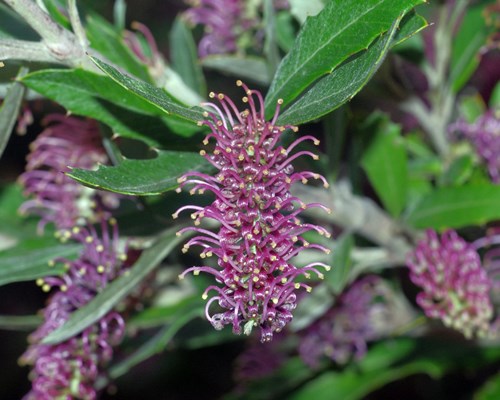
The Endangered Tumut grevillea has been the focus of successful recovery efforts. Photo: Eyeweed CC BY NC ND 2.0 Flickr
What research activities are being undertaken?
The research will retrospectively review selected cases of successful and unsuccessful threatened species management.
It will examine:
- formal rules that influenced outcomes for threatened species (e.g., international conventions; national and state legislation; government policies, processes and guidelines; local council regulations)
- relevant decision-making spaces and processes (e.g., those associated with recovery plans, or key collaborations and initiatives)
- key decision-making actors within the institutional framework (interacting government and non-government individuals and organisations, recovery teams)
- the institutional environment in its entirety (including governance of the resources being exploited to the detriment of threatened species to understand how governance of these resources interacts with environmental policy and practice).
The research team will analyse the governance regimes behind success and failure, identifying frameworks and tools for analysing governance regimes. We will select key indicators, including those related to species (e.g., taxa, life history, threat status), the existence, structure and function of recovery teams, legal and policy context, key resources used by the species, and key processes threatening the species.
The research team will hold a workshop to bring together Australia’s leading successful conservation managers, in order to identify and compile case studies of both success and failure and learn from their experiences. We will then analyse the case studies to look for common factors associated with both success and failure.
The team will co-ordinate the production of a book which assembles a selection of case studies which demonstrate successful threatened species recovery, or at least outstanding success in some aspect of recovery, such as outstanding community education and engagement as a precursor to recovery.
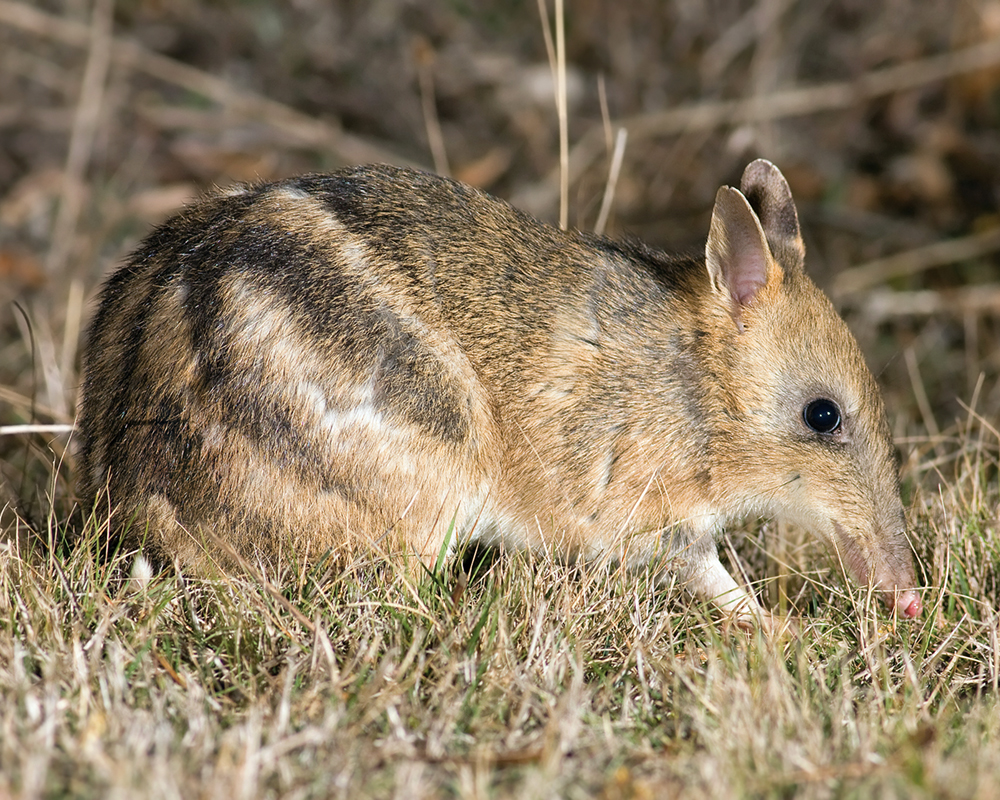 Extinction of the mainland eastern barred bandicoot has been averted by recovery efforts. Photo: JJHarrison CC BY-SA 3.0
Extinction of the mainland eastern barred bandicoot has been averted by recovery efforts. Photo: JJHarrison CC BY-SA 3.0
Who is involved?
The project is being jointly led by Charles Darwin University and the Australian National University, who
are also working with the University of Western Australia and the University of Queensland. The team are working with conservation managers from a wide range of management agencies, including commonwealth, state and territory governments, zoos, non-government organisations and indigenous organisations.
Where is the research happening?
Case studies will be drawn from across Australia and the findings will have national application.
When is the research happening?
The project will run from 2015 to 2018.
Further information
For more information please contact:
Stephen Garnett - stephen.garnett@cdu.edu.au
David Lindenmayer - david.lindenmayer@anu.edu.au
Top image: Dr Justine Shaw is monitoring the recovery of Macquarie Island following successful vertebrate pest eradication. Photo: Aleks Terauds
